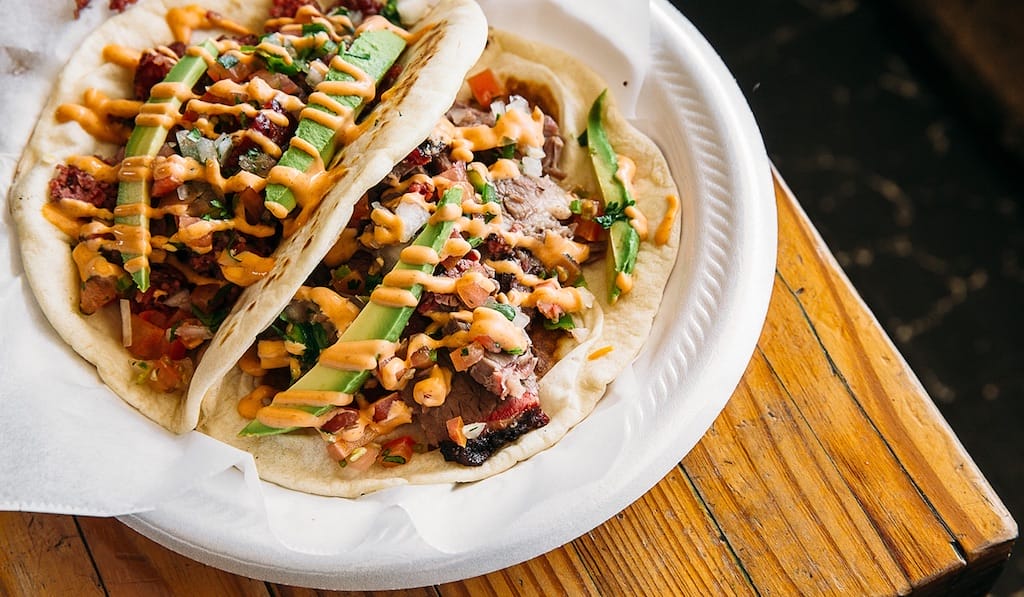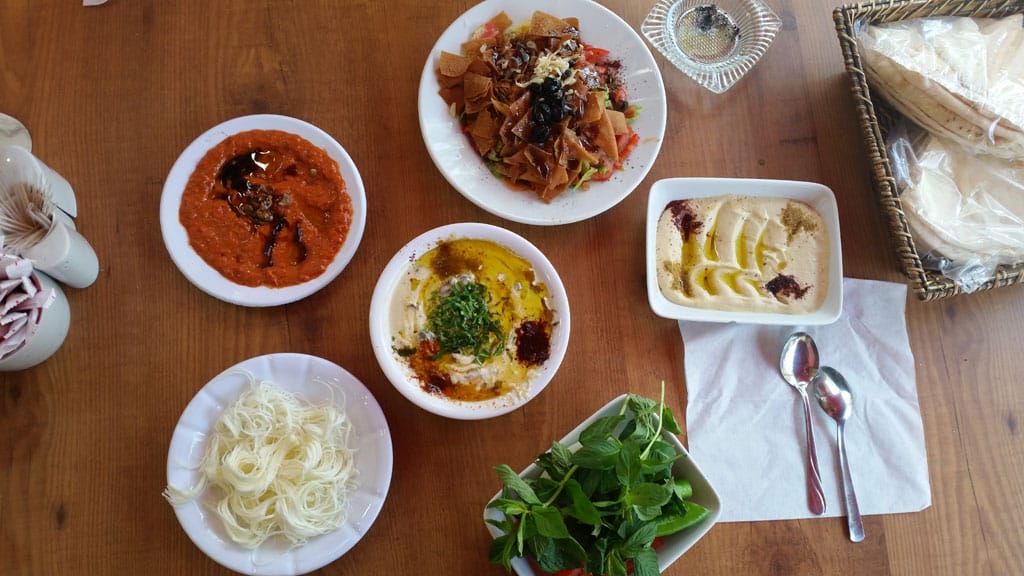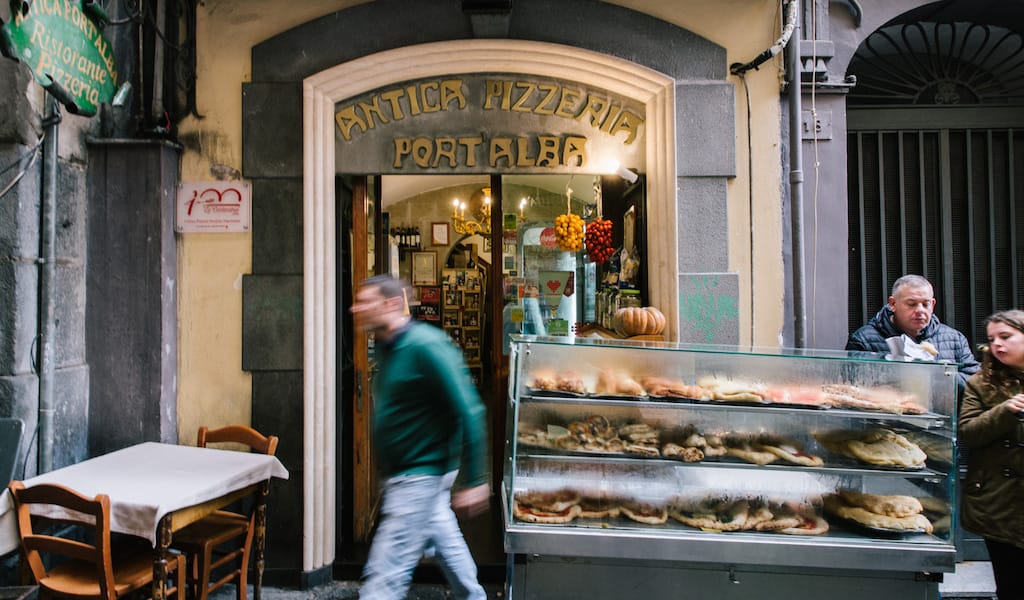We recently spoke to José R. Ralat, the taco editor at Texas Monthly and an expert on local, regional and national taco scenes, about his new book, American Tacos: A History and Guide (University of Texas Press, April 2020), which is the first history of tacos developed in the United States.
While we knew of Ralat’s work and his (enviable) position as the country’s first taco editor, we learned more about American Tacos in the fascinating conversation he had with Paco de Santiago, our lead guide in Mexico City, as part of Conde’s Chronicles on Instagram Live (you can watch the playback here). So we were delighted to chat with Ralat about his book and the rise of the “American taco.” Our conversation has been condensed and lightly edited.
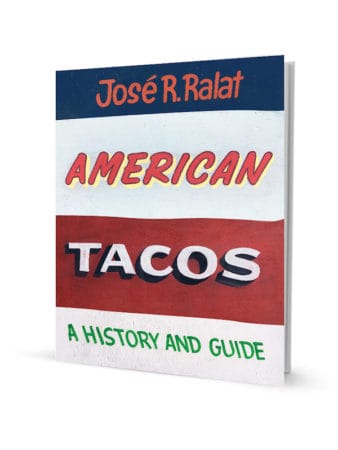 How did this book come about?
How did this book come about?
I wanted to write a book about tacos that no one else had done before and add to the available literature and knowledge base. As I was traveling for my work as the food and drink editor of Cowboys & Indians magazine and then as a freelancer for outlets like Texas Monthly, I became familiar with regional taco styles across the country and realized no one had written anything like what ultimately turned into my book, American Tacos: A History and Guide. The editors at University of Texas Press were really interested and invested in the idea and helped me flesh out something I’m very proud of.
What would you describe as your objective in writing the book?
I wanted to outline the development of regional taco styles indigenous to the United States via social history and context while doing that in an informal but scholarly manner. The US is now the second largest Spanish-speaking country in the world after Mexico. Not only that, there is also a lot of discussion, and maybe disdain, of tacos that are very much a part of American history and that deserve more respect, even though they may not be seen as what is considered traditional.
A good example is the Kansas City taco, a kind of fried taco topped with Parmesan cheese. Kansas City has always had a lot of Mexicans living there, because it was the end of a cattle herding route, where Mexican cowboys would bring their cattle to the train lines that started there and ultimately worked the railroads. This living side by side with Italians who also immigrated to Kansas City resulted in a whole new taco. Now this taco is in danger of going extinct, because people believe in this erroneous concept of authenticity. Why not embrace what is yours? I think it’s important to know where you come from and what that place involves. And when it comes to tacos, you really see a representation of a time and place.
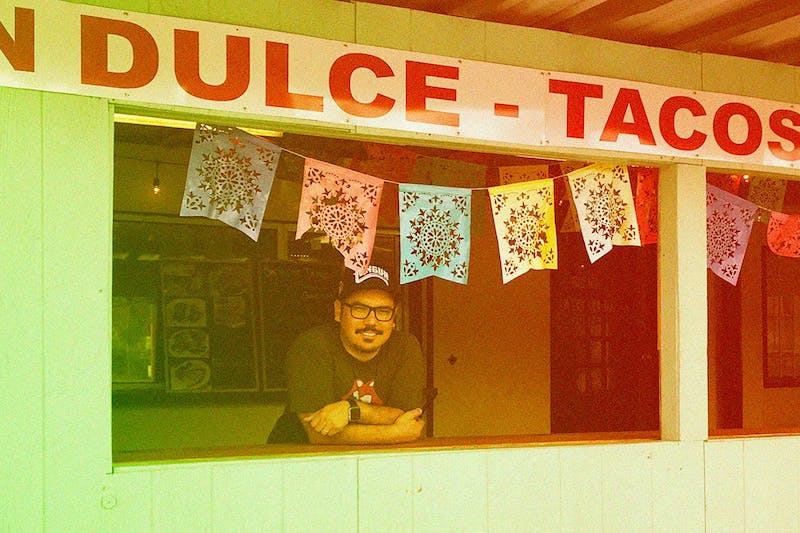
You make a strong case for tacos being firmly rooted in American soil and for having quite different regional variations. At the same time, is there something that binds “American tacos” together?
The component that binds American tacos is the same that binds Mexican tacos: regionality influenced by the people who make them, eat them and ingredient availability. The American immigrant experience is a complicated one, one that offers us an opportunity at a new life but also one that allows us to become part of something greater. I think innovation is something that humans do naturally. We like to tinker with things. We always have. When it comes to tacos in the US, we see this tinkering, to the point that it’s mind-boggling.
During your research for this book, were there any regional variations that surprised you in particular?
The Indo-Mex style, primarily found in Houston, but creeping up to Dallas, surprised me at first. It is a taco made of subcontinental Indian or South Asian ingredients served in a tortilla or paratha, which got its start in the early 2000s by South Asian immigrants in Houston. But what I quickly realized is that the fillings used in Indo-Mex tacos, often stew-based dishes, mirrored the fillings of tacos de guisados. I think you are going to see more of these non-Latino, non-Anglo mixed categories or styles of tacos pop up as immigrants from other parts of the world increase, like African tacos or Carribean jerk tacos. It’s going to change everything, and it’s going to be wonderful and delightful to see what works and what doesn’t work.
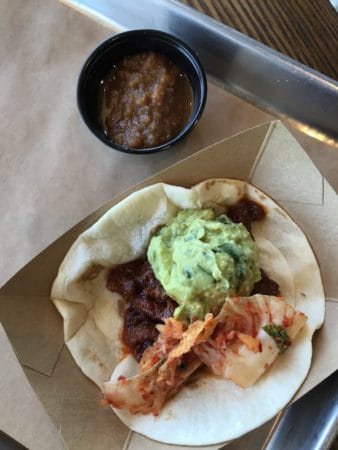 What does the rise of the “American taco” tell us about the US itself and some of the social and political changes here?
What does the rise of the “American taco” tell us about the US itself and some of the social and political changes here?
Immigrant communities in the United States are diverse and filled with first-, second- and third-generation immigrants from all over the place, not just Mexico. I think these communities have come to embrace their cultural dynamics, where each successive generation integrates more tightly into the dominant culture and, in the process, you see the fluidity and development of foods coming from those communities.
The American taco has followed a similar path, developing at the micro level and working its way up until it is fully woven into the American fabric. Just look at fried tacos, or as they are called in Mexico, tacos dorados. They are now very much American too. Jack in the Box now sells fried tacos, and they are the most evoking of Mexico that I’ve tasted. They make me think of the ones you might find in a market in a Mexican mountain village – they just happen to come from an American fast-food chain. We should own these things and take pride in all these quirky things that belong to us and reflect who we are as an immigrant nation heavily influenced by our sister country, Mexico.
Click here to purchase your copy of “American Tacos: A History and Guide” (University of Texas Press, April 2020). For all the latest taco news, follow Ralat on Instagram and Twitter.
Published on September 29, 2020
Related stories
January 8, 2021
NaplesNaples and its people have a strong link to traditional pastries: For centuries the sweet trio of babà, sfogliatella and pastiera has dominated undisputed. But in the city’s historic center, a woman dares to challenge the sacred pillars of pastry, offering instead a tarte au citron or éclair au chocolat that wouldn’t look out of…
March 10, 2016
The Syrian Kitchen in ExileSince Syrians took to the streets in March 2011 to demand reform, news from Syria can be boiled down to montages of people angry, bloodied and afraid; bearded young men in military fatigues dodging behind crumbled buildings; the ominous black flags of the so-called Islamic State; children pulled from the rubble of bombed out buildings;…
November 27, 2018
NaplesElena Ferrante’s much-loved novel My Brilliant Friend and its sequels seduced the literary world. And now a new television adaption, which recently debuted on HBO, is bringing this coming-of-age story set in Naples to an even broader audience. Over the course of what many call the Neapolitan novels, the two main characters, friends Lila and…







































